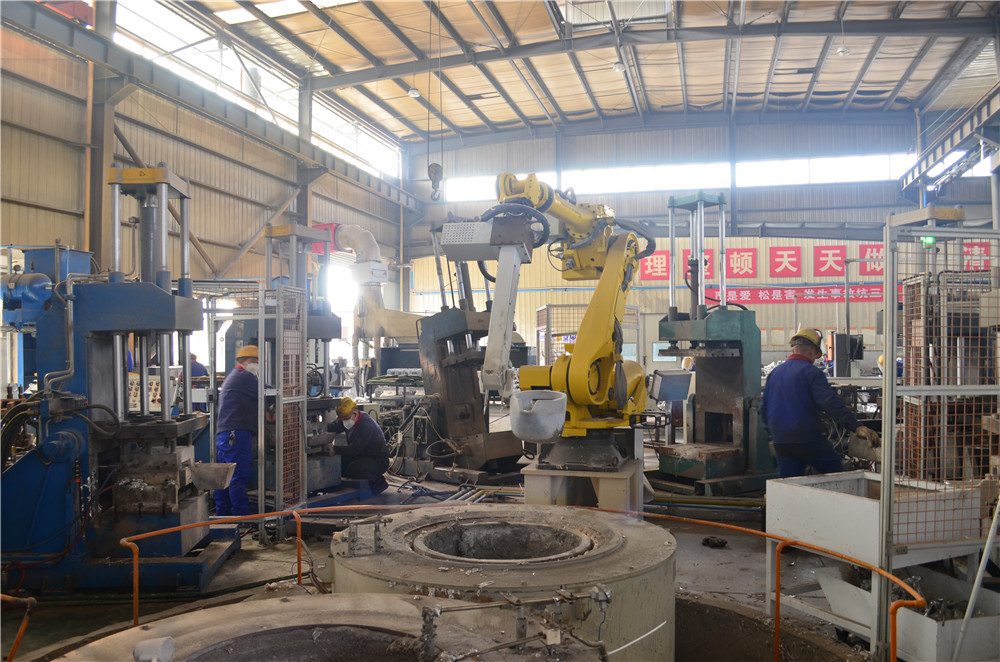Modelling techniques
Definition
Moulding is the production of outer moulds and core boxes for pouring using raw materials such as wooden moulds, core boxes, sandboxes and resin sand. Moulding is the first key step of gravity casting and low pressure die.
Mould composition
For non-structural parts, the cylinder casting mould is generally composed of an outer mould + core box; for structural parts, the core box is not required. In the case of vanishing mould casting, the outer mould and core box are not needed, the mould is simply placed in the sand box and then the sand is added and vibrated to solidify the sand.
Types of external moulds for casting
- Metal type: mostly used for gravity tilting casting, low pressure casting.
- Non-metallic type: mostly sand moulds, using resin sand (mainly condensed resin sand, furan resin mainly, also used phenolic resin) to make moulds.
Types of core boxes for casting moulds
- Metal core box: usually required in hollow cavity shell structure castings, like the common automated low pressure wheel production generally do not need a core box.
- Non-metallic core boxes: mostly sand cores, i.e. materials used in the manufacture of cores in foundry production, generally made of foundry sand, sand binder and auxiliary additives and other modelling materials mixed in a certain ratio. The materials often used are resin sand, laminated sand (using core shooting machines), etc.
Main equipment
The main equipment used in the moulding process is a sand mixer, a vibratory sand falling machine and recycled sand processing equipment.
- Sand mixer: the main equipment for mixing foundry sand treatment sand, using the relative movement of the grinding wheel and the grinding plate, the material placed between them is crushed by the action of grinding and grinding, the sand mixer also mixes the material at the same time as crushing it.
- Falling sand: After the mould has been poured and cooled to a certain temperature, the mould is crushed to separate the mould from the sand box and the casting from the sand.
- Recycled sand: old sand that has basically recovered its properties for reuse after treatment in foundry production. (In sand casting, the mould material can be broken up after use and then turned into recycled sand by means of recycled sand processing equipment, which can be mixed into the recycled sand when making new sand moulds.)
Commonly used materials
- Resin sand appearance: silica sand, self-hardening furan resin, curing agent, thermal insulation, cold iron, tinted coating (mainly used to reduce surface roughness, fill sand gaps, prevent sand sticking, obtain a smooth surface of the casting, regulate the temperature field, control the solidification sequence, obtain the ideal internal organisation), metal type coating (mainly used to exhaust, regulate heat dissipation conditions, facilitate the release of the mould, improve the appearance of the casting), alcohol, resin. (to improve the appearance of the casting), alcohol, resin sand (to repair defects in the mould body), liquefied gas + liquefied gas gun (to bake and dry the cured sand mould).
- Resin sand core: silica sand, self-hardening furan resin, curing agent, tinting paint, alcohol, LPG + LPG spray gun
- Material ratios and dosage: different seasons, different product characteristics and different product materials may also vary. The ignition of the paint after it has been sprayed is for drying and to prevent moisture from entering.

Post time: Nov-02-2022
